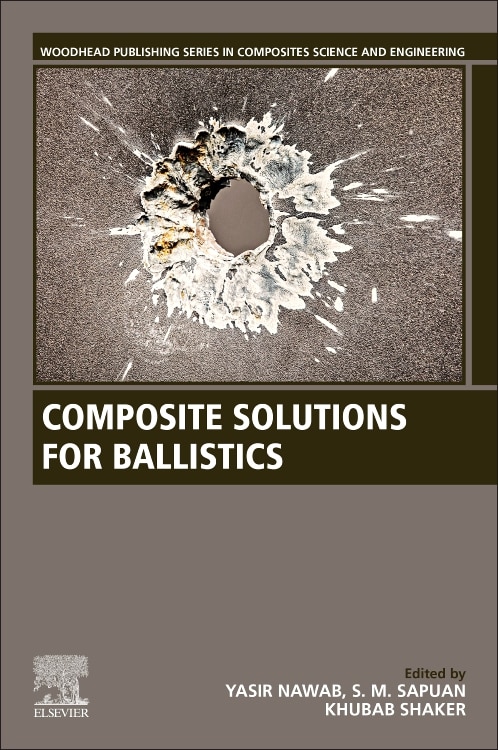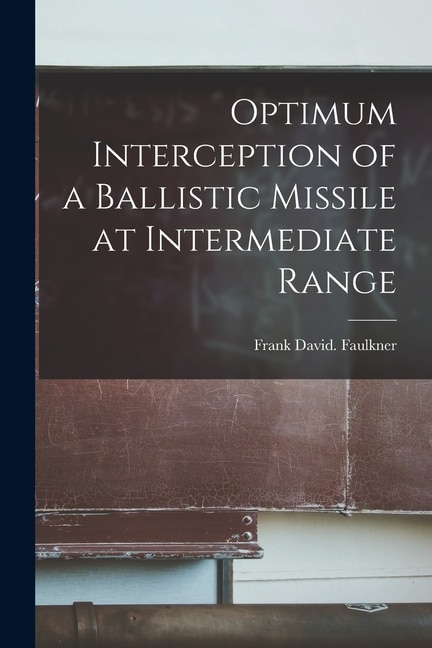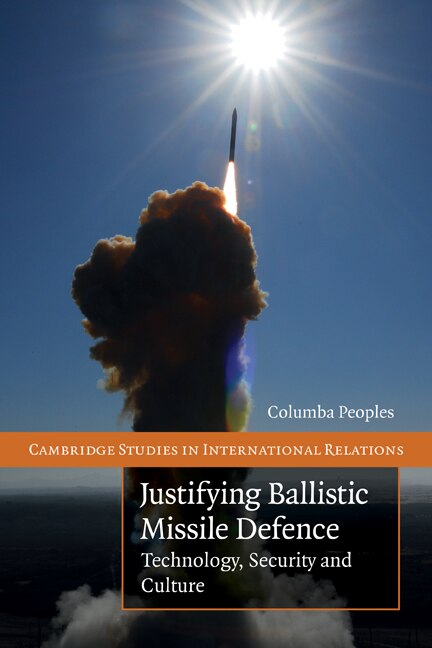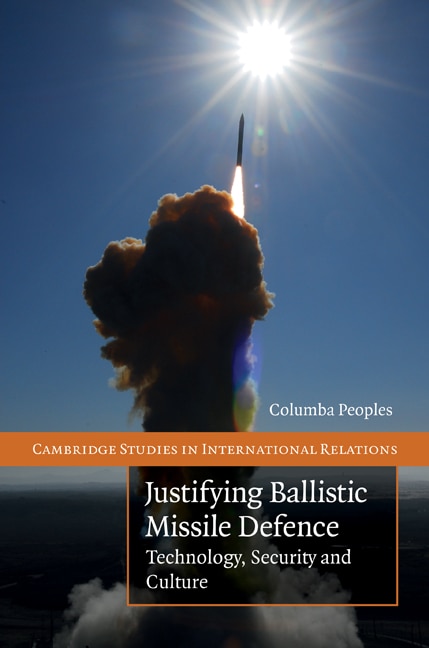Home
Empirical Characterization Of Ballistic Impact Flash by Thomas P Talafuse, Paperback | Indigo Chapters

Coles
Empirical Characterization Of Ballistic Impact Flash by Thomas P Talafuse, Paperback | Indigo Chapters
From Thomas P Talafuse
Current price: $60.51
Loading Inventory...
Size: 0.21 x 9.69 x 0.43
*Product information may vary - to confirm product availability, pricing, and additional information please contact Coles
Fires onboard aircraft are leading mechanisms for mishaps and losses during peacetime and combat operations. Typical ignition sources causing fires onboard aircraft include electrical sparks and hot surfaces. However, impact and penetration of common threats encountered during combat operations, such as armor piercing incendiary projectiles and missile fragments, generate short-lived, but thermally-intense clouds (flashes) capable of igniting fires. Fire simulations supporting system-level survivability analyses depend on accurate characterization of these flash clouds, however, such accurate representations are not currently available. This research presents the modeling approach developed to estimate the boundary model representations of impact flashes. The research presents generalized meta-modeling approaches to estimate flash size radii (in both the X and Y dimension), flash position, flash size duration, and flash orientation. The empirical model was developed using actual test data obtained via live-fire testing conducted by the 46th Test Group, Aerospace Survivability Analysis Branch. The time series response data from a set of live-fire test events were validated, analytical methods used to develop that response data based on impact event image processing were refined, and the data were then used to create fourth-order time series models of the response data for each of the test events. The collective of these time series models were then characterized by their parameter sets and a meta-model of those parameterizations was built as a function of test event setup parameters (e. g., projectile speed, angle of attack, and impact material) These final models were transitioned to the customer and are being linked to physics-based thermal models. The end result will be a first-ever projectile impact flash cloud representation suitable for survivability analyses. | Empirical Characterization Of Ballistic Impact Flash by Thomas P Talafuse, Paperback | Indigo Chapters





















